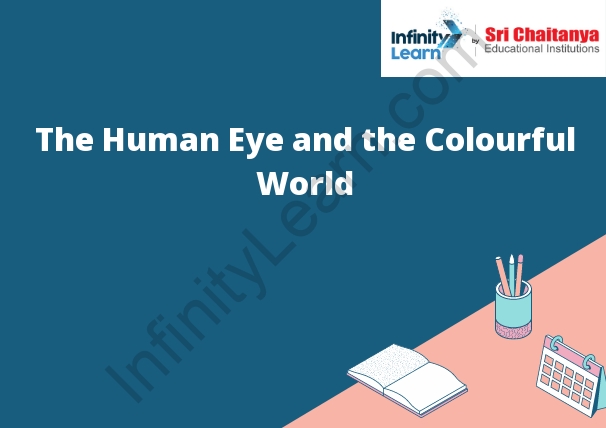Table of Contents
The Human Eye and the Colorful World
The human eye can see a wide range of colors. This is because the eye has three types of color receptors, called cones, which can detect different colors. The cones are sensitive to red, green, and blue light. When these colors are combined, they can create all the other colors that we see.

Structure of a Human Eye
The human eye is a complex organ made up of many different parts. The eye has a cornea, iris, pupil, lens, retina, and choroid. The cornea is the clear part of the eye that covers the iris and pupil. The iris is the colored part of the eye. The pupil is the black part of the eye. The lens is a clear, round structure that helps focus light on the retina. The retina is a thin layer of cells that line the back of the eye. The choroid is a layer of blood vessels and connective tissue that lies between the retina and the sclera. The sclera is the white part of the eye.
Function of Scleroid Cells
Scleroid cells are cells that are found in the bone marrow and are responsible for the production of red blood cells. They are also responsible for the production of white blood cells and platelets.
Function of Choroid Plexus
The choroid plexus is a network of blood vessels and specialized cells that forms a sheath around the ventricles of the brain. The choroid plexus produces a clear fluid called cerebrospinal fluid which circulates through the ventricles and bathes the brain and spinal cord. The cerebrospinal fluid circulates nutrients and removes waste products from the brain and spinal cord.
Eye Defects
There are many different types of eye defects that can occur, some of which are more common than others. One of the most common eye defects is nearsightedness, which is a condition that causes objects that are close to the person to be seen more clearly than objects that are far away. Another common eye defect is farsightedness, which is a condition that causes objects that are far away to be seen more clearly than objects that are close to the person. Another common eye defect is astigmatism, which is a condition that causes the person’s vision to be blurry or distorted. Other common eye defects include cataracts, glaucoma, and macular degeneration.
Hypermetropia (Long-Sightedness)
hypermetropia is a condition in which someone has difficulty seeing objects that are close to them. This is because their eyes are not able to focus on close objects as well as they should. Hypermetropia is also known as long-sightedness.
Defect on Eye
There are many different types of defects that can occur on the eye. The most common defect is a refractive error, which is when the eye is unable to properly focus light. This can cause problems with vision, such as blurry vision, difficulty seeing at night, and eyestrain. Other common eye defects include cataracts, glaucoma, and macular degeneration.
Refraction through Prism
The angle of incidence (angle at which light enters a medium) and the angle of refraction (angle at which light exits a medium) are related by the following equation:
sin(angle of incidence) = sin(angle of refraction)
The wavelength of light does not change when it passes through a prism. The change in direction of the light is caused by the change in the speed of light as it enters and leaves different media.
Dispersion
A dispersal event is an event that results in the movement of organisms away from their original population.
There are many types of dispersal events, but some of the most common are:
-Dispersal by animals
-Dispersal by wind
-Dispersal by water
-Dispersal by vehicles
Rainbow Trout
Rainbow trout are a type of trout found in many parts of the world. They are a popular game fish, and are also eaten as food.
Scleroid and Choroid
There is no real distinction between the scleroid and choroid, as both are components of the eye. The scleroid is the white part of the eye, while the choroid is the layer of tissue that lies beneath the scleroid. The choroid is responsible for supplying blood and nutrients to the retina.
Myopia Vs Hypermetropia
Myopia is a vision condition in which close objects are seen clearly, but objects farther away are blurry. Hypermetropia is a vision condition in which far objects are seen clearly, but close objects are blurry.
What is Prism?
Prism is a modular software platform for developing and managing web applications. It provides a range of features, including user management, application routing, and component-based development. Prism also includes support for scaffolding, which allows developers to quickly create a skeleton application based on a predefined template.








